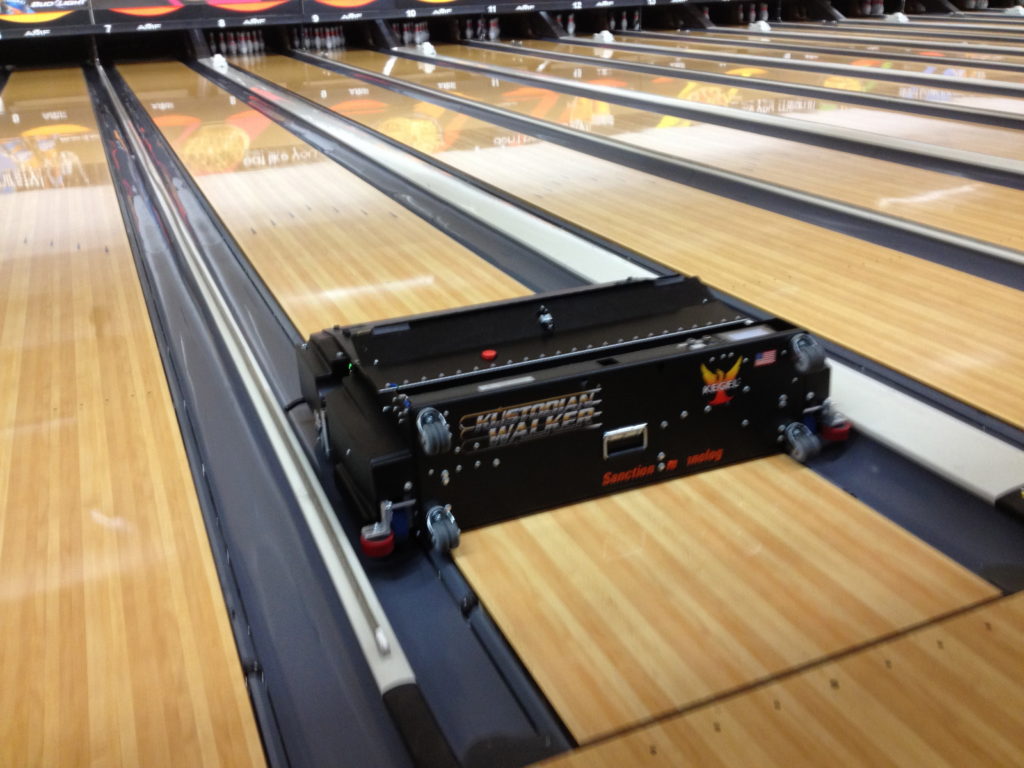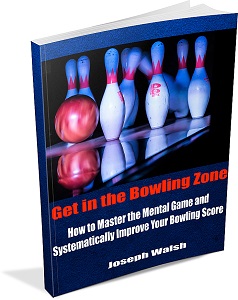
We’ve talked some about oil and lane conditions on this blog, but so far the overall theme has been understanding where the oil is applied from left to right.
For example, the main house pattern is forgiving because it has less oil outside near the gutter, so a shot missed wide can more easily hook back; and more oil in the middle so if you miss to the middle, the ball will skid and remain closer to your target. At the other end of the spectrum, you have sport patterns where the oil is applied specifically to make scoring more difficult.
But that’s not the only thing that matters when you’re talking about lane conditions. Another crucial factor is their length, or how far down the lane the oil is applied.
Why is oil pattern length important?
As a general rule, the longer the pattern, the less your ball will hook. Patterns are categorized as either short (35 feet or less), medium (between 35 and 40) or long (over 40 feet).
You want to know when the oil pattern ends, because that will dictate where you want your ball to be so it will still hook into the pocket. Your “breakpoint” means the point at which your ball is at its farthest away from the pocket before moving back towards the head pin. Shorter patters will have their breakpoint close to the gutter; medium oil patterns usually are between boards 8-12; and long distance patterns will be closer to the pocket or at about 13-16.
Introducing the Rule of 31 for Oil Patterns
Now that you know the basics of oil pattern lengths, we’re going to introduce a rule that can provide a quick shortcut to determining how to best attack the lane according to the type that you’re on. This is known as the rule of 31.
Recall that a bowling lane is 60 feet long in total. In order to apply the rule, simply subtract the number 31 from the length of the oil pattern. The result will give you the board that your ball should be at when it will exit the pattern. Note that this is different from your breakpoint, the spot at which it will actually break back towards the pocket (Slowinski). Usually the breakpoint will be a few feet down the lane from the exit point, where the ball will actually stop skidding.
To give an example, let’s say you’re shooting on a pattern that is 40 feet long. To apply the rule, you’ll take 40 and subtract 31, to arrive at 9. Thus, you want your ball to be at the 9 board at the end of the oil.
Criticisms of the Rule of 31
Many bowlers caution against thinking of this as an official and infallible rule, however. For one, it is not as accurate on shorter patterns or very long ones. And it’s more effective on sport patterns compared to the typical house shot that most bowlers will encounter in league play. But nevertheless, it’s still a useful general rule of thumb that you should be aware of and be ready to apply when appropriate.
Sources


Leave a Reply